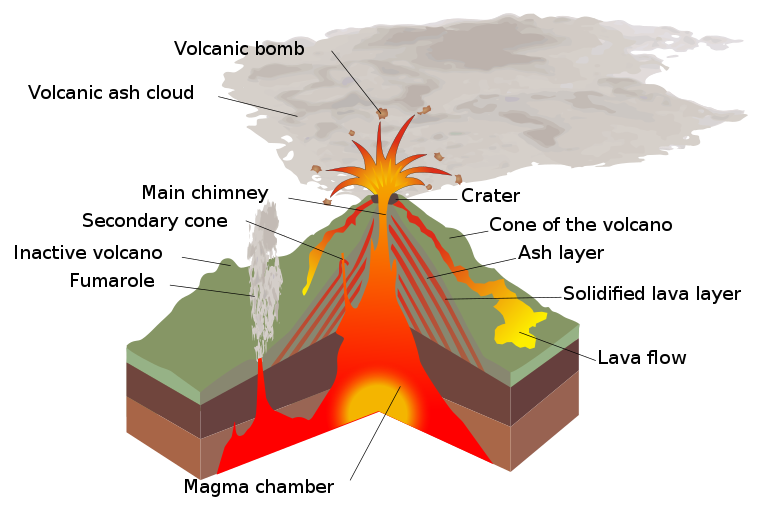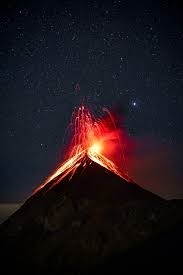Katia Krafft was a fearless pioneer in the study of volcanoes (volcanology), studying the explosive peaks at a time when there were few women in the field. The moment a volcano exploded, she and her husband, Maurice Krafft, also a volcanologist, dropped everything to analyze and capture the beauty and mystery of each event by filming and photographing the explosions. The stunning close-ups allowed geologists to dissect the intricate details of each eruption like never before. The Kraffts wrote books, made movies, and embarked on media tours to share their knowledge with people around the world, raising awareness of volcanic risks.
Catherine Joséphine Conrad was born on April 17 in the Rhine valley of northeast France in 1942, during the height of World War II. She graduated from the University of Strasbourg with degrees in physics and chemistry. She met her husband Maurice Krafft when they were both students at the University of Strasbourg, and married in 1970.
 Katia and Maurice KrafftWiki Commons
Katia and Maurice KrafftWiki Commons
The couple honeymooned on the island of Stromboli, off the north coast of Sicily, which contains Mount Stromboli, one of the four active volcanoes in Italy. During their holiday, they photographed its near-continuous eruption and recognizing the public interest in the documentation of volcanic eruptions, they began to make a career of filming them.
Katia started her career by taking gas samples of volcanoes and documenting eruptions by observing them in person and writing books on her findings to fund her trips. In addition to their observations, the Kraffts also took measures, gas readings, and samples, often feet away from pyroclastic and lava flow, and documented how the eruptions affected the local ecosystem. They also documented the formation of new volcanoes, in addition to the effects of acid rain and ash clouds.
 The Structure of a VolcanoWikimedia
The Structure of a VolcanoWikimedia
Throughout the 1970s and 1980s, the Kraffts documented various volcanoes and volcanic eruptions; often Maurice would film them while Katia took photographs.
One of the Kraffts' final projects was "Understanding Volcanic Hazards and Reducing Volcanic Risks", in which they produced informational films and educational materials on the science of volcanic eruptions and the need of evacuations.
 VolcanoPexels
VolcanoPexels
The Kraffts' close-up footage of volcanic eruptions has been attributed to enhancing geologists' understanding and knowledge of the topic, while Katia has been cited as a pioneer in the field of female volcanologists. Katia was one of the first women to enter the field of volcanology and has been a huge inspiration for those that have followed in her footsteps. Janine Krippner, a volcanologist based in New Zealand had yearned to be a volcanologist since she first learned of the profession at age 13 and stated that Katia "gave me the courage to really push forward."
Sadly, the couple died on 3 June 1991 when, at 4pm local time, Mount Unzen erupted forming pyroclastic flows that rushed down its slopes killing 37 people including the Kraffts, as well as their fellow volcanologist Harry Glicken, who had accompanied them to observe the eruption.
Watch this trailer of the film 'Fire of Love' about Katie and Maurice from National Geographic Documentary Films:
Page created on 2/27/2023 3:01:04 PM
Last edited 9/3/2023 2:48:45 PM
